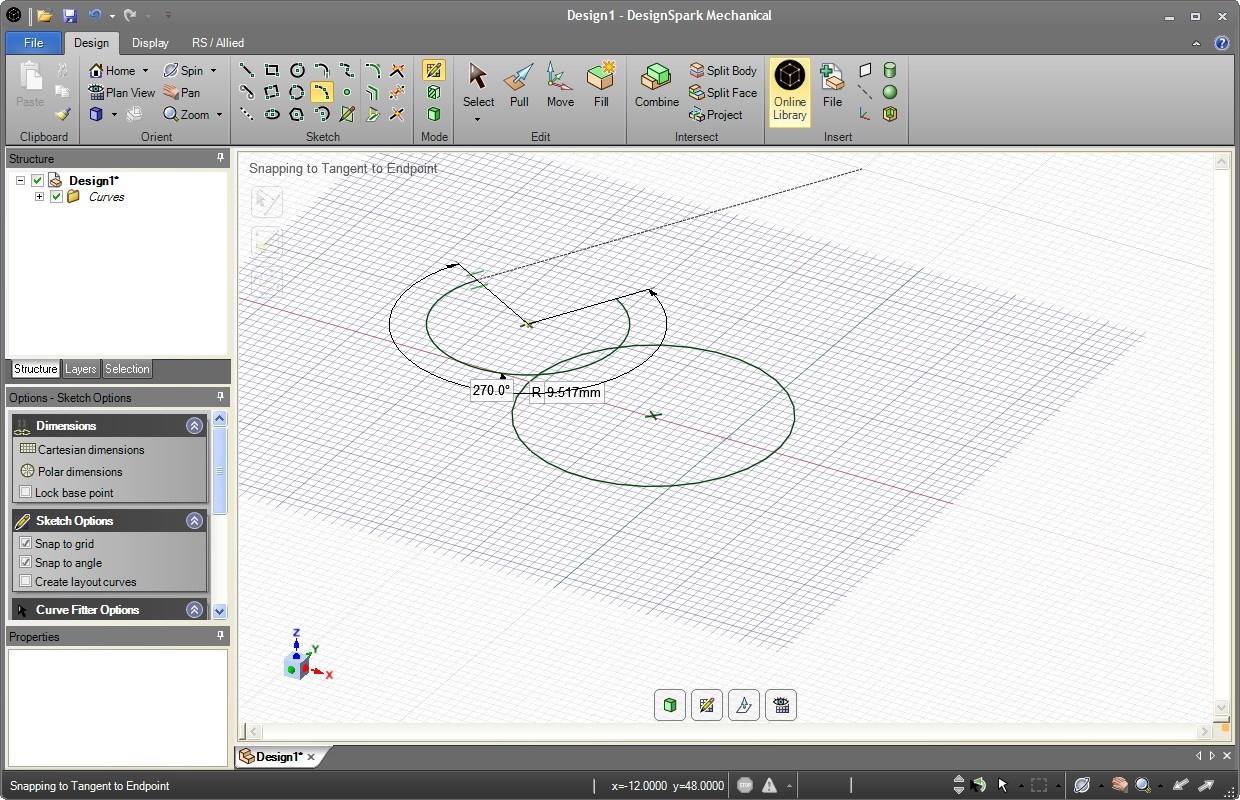

The " habhub" website has some amazing tools that can predict where your payloads are likely to land based on the weather conditions, the weight of the payload and the size of balloon and parachute used. The software allowed us to monitor where the capsule and Superman were likely to land. The weather patterns were predicting low winds and warm and dry conditions, so this was perfect, and also meant that Superman shouldn't drift too far from the landing site. Dave is a High Altitude Balloonist and Radio Ham, and has scores of launches under his belt, so we were in good hands.Īfter applying for permission to launch from Air Traffic Control, we monitored the weather conditions via weather predictor software the few days leading up to our launch window. The actual launch site was in a field ajacent to Dave Akerman, one of our team members, back garden. The British weather is some what unpredicatable!, so a summer launch window gave us more opportunities for a successful mission.

We chose to launch in Ross on Wye near Wales in the UK, as this was an ideal location that was well away from large cities and frequent air traffic. The launch vehicle to send Superman and his capsule up to the Stratosphere was a Weather Balloon filled with Hydrogen gas. Now for the behind the scences account.īelow is the finished capsule and the key components. It's in Italian but the English version will be available very soon!

Then in early September, we all got together for a long weekend at RLab to bring it all together and prepare for launch. This record has subsequently been broken in late September 2014 by Alan Eustace, who travelled and jumped to from just over 41 km.Īfter a couple of planning sessions, the team went away to work on their tasks. Hack Superman Blog The project was to recreate the record breaking freefall from 39km high by Felix Baumgartner in the Red Bull Stratus capsule. Back in July I blogged about our mission to send a Superman Action Figure to the edge of Space and back for Mattel toys.


 0 kommentar(er)
0 kommentar(er)
